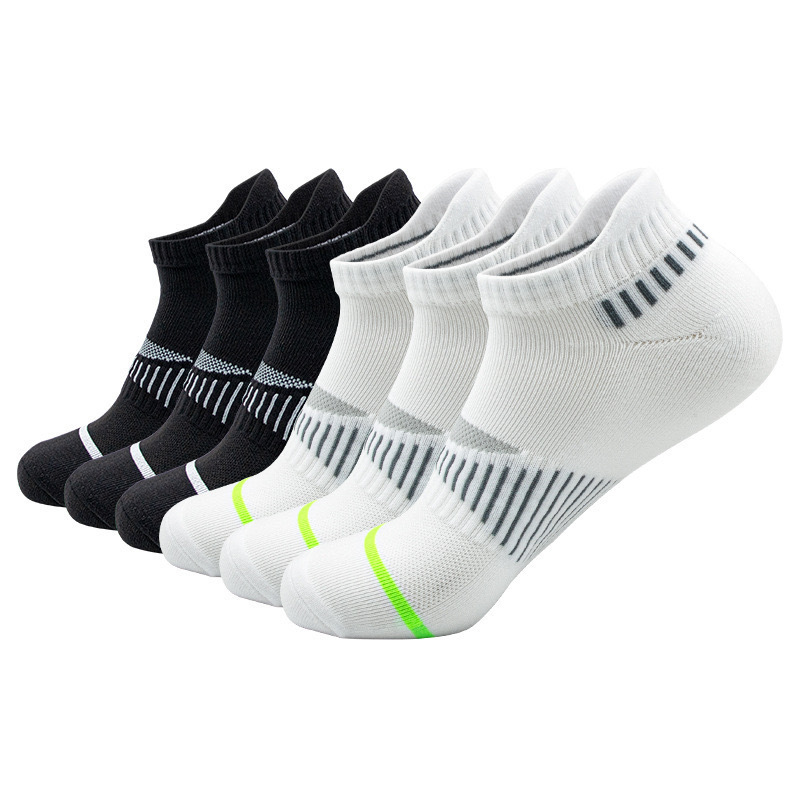

When it comes to men’s fashion, socks are often overlooked, yet they are one of the most essential accessories in a man’s wardrobe. Far from being just a basic clothing item to cover the feet, men’s socks have evolved into a symbol of comfort, style, and functionality. Whether for formal business settings, sports activities, or casual everyday wear, socks play a crucial role in ensuring not only comfort but also personal expression. This article takes a closer look at men’s socks, exploring their history, types, materials, and modern trends.
The history of socks dates back thousands of years. Ancient Egyptians are known to have worn knitted socks with split toes, allowing them to be worn with sandals. The Romans wrapped their feet with strips of leather and cloth for protection and warmth. By the Middle Ages, socks had become a luxury item worn by noblemen, symbolizing wealth and sophistication.
In the 16th century, knitting machines revolutionized sock-making, making them more accessible to the general population. Today, socks are mass-produced worldwide, but they still carry cultural and fashion significance, especially in men’s style.
Men’s socks serve several practical purposes beyond covering the feet:

Modern men’s socks come in a variety of types, each designed for specific uses:
Typically made of fine materials such as cotton blends, silk, or merino wool, dress socks are worn with formal shoes and suits. They are thin, elegant, and often come in darker or muted colors to match professional attire.
Casual socks are versatile, thicker than dress socks, and usually come in a wide range of colors and patterns. They pair well with sneakers, loafers, or casual boots.
Designed for sports and physical activities, these socks usually feature moisture-wicking fabrics, extra padding, and arch support. Variants include running socks, basketball socks, and gym socks.
Popular among athletes, travelers, and people with circulatory issues, compression socks improve blood flow and reduce fatigue.
These low-cut socks are hidden beneath shoes, making them ideal for summer wear with loafers or sneakers. They provide comfort and hygiene without affecting the visual style.
Made from wool or thermal materials, these are thicker socks that provide insulation in cold weather.
The fabric composition of socks directly affects their comfort, durability, and performance. Common materials include:
In recent years, socks have shifted from a hidden garment to a visible fashion statement. Bold patterns, bright colors, and themed designs have become popular among younger men, allowing them to express individuality in otherwise conservative outfits. For example, a man in a dark suit might wear vibrant socks with polka dots, stripes, or geometric patterns to add personality to his look.
Luxury brands such as Gucci, Prada, and Paul Smith have elevated men’s socks into high-fashion accessories, while affordable fashion brands cater to the growing demand for stylish yet functional socks.
When selecting socks, men should consider the following factors:
The global men’s sock market has seen remarkable growth, driven by increased awareness of personal grooming and fashion. Men are no longer satisfied with generic socks; they want products that combine comfort, performance, and style. Eco-friendly and sustainable socks, particularly those made from bamboo or recycled fibers, are gaining traction as consumers become more environmentally conscious.
E-commerce platforms have further boosted the sock industry, offering customers a wide selection, subscription boxes, and customization options.
To extend the lifespan of socks, proper care is essential:
Men’s socks may appear to be a simple accessory, but they play a vital role in comfort, health, and fashion. From traditional dress socks to trendy patterned designs, socks have become an extension of personal style. With advancements in materials and designs, modern socks provide more than just protection—they offer a way for men to showcase individuality while ensuring functionality.